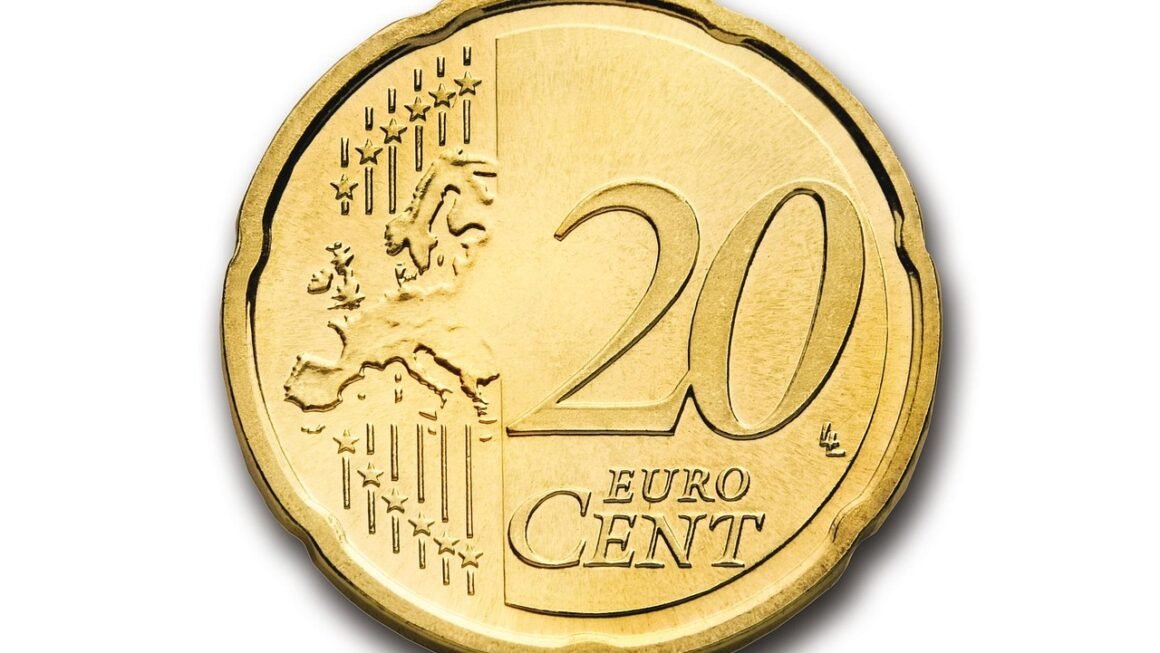Managing debt can feel overwhelming, like navigating a complex maze with no clear exit. High-interest rates, multiple payments, and the constant worry about falling behind can significantly impact your financial well-being and overall peace of mind. But don’t despair! Debt management is possible, and with the right strategies and resources, you can regain control of your finances and pave the way for a brighter, debt-free future. This comprehensive guide will equip you with the knowledge and tools you need to successfully manage your debt and take charge of your financial life.
Understanding Your Debt
Identifying All Debts
The first step in effective debt management is to gain a clear understanding of your current debt situation. This involves creating a detailed inventory of all your outstanding debts. Don’t leave anything out!
- Credit Card Debt: List each credit card, the outstanding balance, the interest rate (APR), and the minimum monthly payment. For example:
Card A: Balance – $3,000, APR – 18%, Minimum Payment – $90
Card B: Balance – $1,500, APR – 22%, Minimum Payment – $45
- Student Loans: Include both federal and private student loans. Note the loan amount, interest rate, repayment terms, and the monthly payment due.
Federal Loan: Balance – $10,000, APR – 6%, Monthly Payment – $111
Private Loan: Balance – $5,000, APR – 9%, Monthly Payment – $50
- Personal Loans: Include any personal loans you’ve taken out, specifying the balance, interest rate, and monthly payment.
- Auto Loans: Detail the loan amount, interest rate, remaining term, and monthly payment.
- Mortgage: While often considered “good debt,” it’s still important to include your mortgage balance, interest rate, and monthly payment.
- Other Debts: Don’t forget any other outstanding obligations, such as medical bills, back taxes, or loans from friends or family.
Calculating Total Debt
Once you’ve identified all your debts, add up the total outstanding balance. This will give you a comprehensive view of your overall debt burden. Understanding the total amount is crucial for setting realistic goals and tracking your progress.
- Example: Let’s say you have the following debts:
- Credit Card A: $3,000
- Credit Card B: $1,500
- Student Loan (Federal): $10,000
- Student Loan (Private): $5,000
- Auto Loan: $15,000
- Total Debt: $34,500
Analyzing Interest Rates
Pay close attention to the interest rates associated with each debt. High-interest debt, such as credit card debt, should be prioritized for repayment, as it can quickly accumulate and become more challenging to manage. Identify the debt with the highest interest rate, as paying this down first will save you the most money in the long run. According to Experian, the average credit card interest rate is over 20%, highlighting the urgency of tackling this type of debt.
Creating a Budget and Tracking Expenses
Developing a Realistic Budget
A budget is a crucial tool for managing your finances and controlling your debt. It helps you understand where your money is going and identify areas where you can cut back.
- Track Your Income: Calculate your total monthly income after taxes.
- List Your Expenses: Categorize your expenses into fixed (rent/mortgage, utilities, loan payments) and variable (groceries, entertainment, transportation) costs.
- Identify Areas to Cut Back: Look for non-essential expenses that you can reduce or eliminate. This could include dining out, subscriptions, or entertainment costs.
- Allocate Funds for Debt Repayment: Dedicate a specific amount each month to debt repayment, above and beyond the minimum payments.
- Example:
Let’s say your monthly income is $4,000 after taxes. Your expenses might look like this:
- Rent: $1,200
- Utilities: $200
- Groceries: $400
- Transportation: $300
- Debt Payments (Minimum): $500
- Entertainment: $200
- Miscellaneous: $200
- Total Expenses: $3,000
- Funds Available for Extra Debt Repayment: $1,000
Tracking Your Spending
Tracking your spending is essential for staying on track with your budget.
- Use a Budgeting App: Several budgeting apps (e.g., Mint, YNAB, Personal Capital) can help you track your expenses automatically.
- Use a Spreadsheet: Create a simple spreadsheet to record your income and expenses manually.
- Review Your Spending Regularly: Review your spending patterns at least once a week to identify any areas where you might be overspending.
Adjusting Your Budget
Your budget should be a living document that you adjust as needed. As your income or expenses change, make the necessary modifications to ensure that you’re still on track to achieve your financial goals. If you receive a raise, consider allocating a portion of it to debt repayment.
Debt Repayment Strategies
Debt Snowball Method
The debt snowball method focuses on paying off the smallest debt first, regardless of the interest rate. This provides quick wins and motivates you to continue the debt repayment process.
- List your debts from smallest to largest balance.
- Make minimum payments on all debts except the smallest.
- Put any extra money towards paying off the smallest debt as quickly as possible.
- Once the smallest debt is paid off, move on to the next smallest debt, and so on.
- Example:
You have the following debts:
- Credit Card A: $500 (APR: 20%)
- Credit Card B: $2,000 (APR: 18%)
- Student Loan: $5,000 (APR: 6%)
Using the debt snowball method, you would focus on paying off Credit Card A first, even though it has a higher interest rate than the Student Loan.
Debt Avalanche Method
The debt avalanche method focuses on paying off the debt with the highest interest rate first. This strategy saves you the most money in interest payments in the long run.
- List your debts from highest to lowest interest rate.
- Make minimum payments on all debts except the one with the highest interest rate.
- Put any extra money towards paying off the debt with the highest interest rate as quickly as possible.
- Once the debt with the highest interest rate is paid off, move on to the next highest, and so on.
- Example:
Using the same debts as above, the debt avalanche method would prioritize paying off Credit Card A first because it has the highest interest rate (20%).
Debt Consolidation
Debt consolidation involves taking out a new loan to pay off multiple existing debts. This can simplify your debt repayment and potentially lower your interest rate.
- Personal Loans: You can take out a personal loan to consolidate your debts.
- Balance Transfer Credit Cards: Transferring high-interest credit card balances to a card with a lower APR can save you money on interest. Look for cards with 0% introductory APR offers.
- Home Equity Loans or Lines of Credit (HELOCs): If you own a home, you may be able to use a home equity loan or HELOC to consolidate your debts. Be cautious as these loans are secured by your home, and you risk foreclosure if you can’t make the payments.
- Important Note: Debt consolidation can be a helpful tool, but it’s important to ensure that you’re not just racking up more debt. Avoid charging up the old credit cards that you’ve paid off.
Debt Management Plans (DMPs)
Debt Management Plans (DMPs) are offered by credit counseling agencies. A DMP involves working with a credit counselor to create a budget and repayment plan. The credit counselor negotiates with your creditors to lower your interest rates and monthly payments.
- Consult with a Reputable Credit Counseling Agency: Look for agencies that are accredited by the National Foundation for Credit Counseling (NFCC).
- Create a Budget and Repayment Plan: The credit counselor will work with you to create a budget and a repayment plan that you can afford.
- Make Regular Payments: You will make regular payments to the credit counseling agency, which will then distribute the funds to your creditors.
Seeking Professional Help
Credit Counseling Agencies
If you’re struggling to manage your debt on your own, consider seeking help from a credit counseling agency.
- Non-profit Agencies: Look for non-profit credit counseling agencies that offer free or low-cost services.
- Accreditation: Ensure that the agency is accredited by the NFCC or another reputable organization.
- Services Offered: Credit counseling agencies can provide budget counseling, debt management plans, and financial education.
Financial Advisors
A financial advisor can provide personalized financial advice and help you develop a comprehensive financial plan that includes debt management strategies.
- Fee-Only Advisors: Consider working with a fee-only financial advisor, as they are not incentivized to sell you specific financial products.
- Credentials: Look for advisors who have relevant credentials, such as Certified Financial Planner (CFP) designation.
- Experience: Choose an advisor with experience in debt management and financial planning.
Bankruptcy
Bankruptcy should be considered a last resort, as it can have a significant negative impact on your credit score. However, it may be an option if you’re overwhelmed by debt and have no other viable solutions.
- Chapter 7 Bankruptcy: Involves liquidating assets to pay off debts.
- Chapter 13 Bankruptcy: Involves creating a repayment plan to pay off debts over a period of three to five years.
- Consult with a Bankruptcy Attorney:* It’s essential to consult with a bankruptcy attorney to understand the implications of filing for bankruptcy.
Conclusion
Debt management is a journey that requires commitment, discipline, and a well-thought-out plan. By understanding your debt, creating a budget, implementing effective repayment strategies, and seeking professional help when needed, you can regain control of your finances and achieve your financial goals. Remember that even small steps can make a big difference over time. Don’t be discouraged by setbacks; stay focused on your goals, and celebrate your progress along the way. The path to financial freedom is within your reach!



